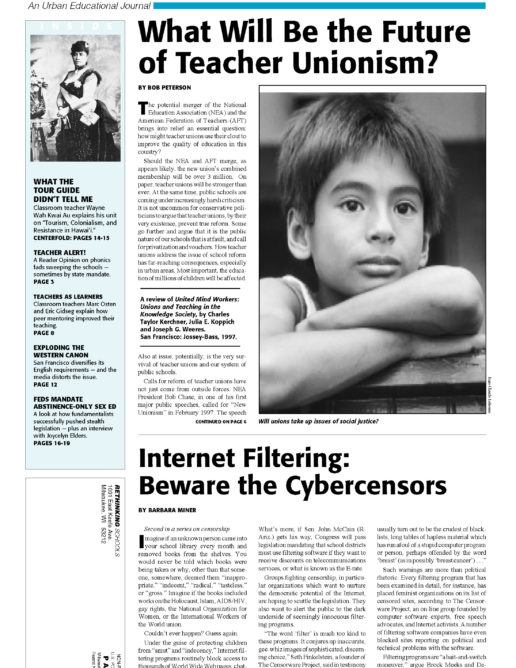The Price of Paradise
Lost in all the glamour and glitz of tourist advertising is any acknowledgment that the Hawai’i we know today has come at a steep price.
Before Western contact, Hawai’i maintained a richly complex, thriving culture, including an overall population estimated by some to have been one million people. However by the 1840s, a little over 60 years after Captain Cook’s arrival in 1778, the Hawaiians faced near extinction from foreign diseases, and only about 100,000 Native Hawaiians were still alive. Native Hawaiian conversions to Calvinism flourished amid this scene of mass death and desperation, and consequently the Western missionaries garnered enough influence in the Hawaiian government to begin changing traditional Native land tenure and economic systems to the foreigners’ advantage.
The foreigners’ power grab culminated in the Mahele of 1848, which was a division of Hawaiian land granted by King Kamehameha III under the influence of foreign advisors. Under the division, foreigners were allowed to own land in the Hawaiian kingdom, resulting in the massive dispossession of Native Hawaiians from their traditional lands. By 1888, three-quarters of all farmable land was under non-Hawaiian control. In this same era, United States President John Tyler issued the Tyler Doctrine, declaring to the other imperialist powers of the world that Hawai’i was in the U.S. “sphere of influence.”
In 1893, a group of foreign businessmen — led by U.S. Minister to Hawai’i John L. Stevens and supported by the Marines of the U.S.S. Boston — led a military coup and illegally overthrew the sovereign Native Hawaiian government. Sanford B. Dole, a descendant of missionaries, was selected president of the newly established provisional government. A little over a year later the independent Republic of Hawai’i was proclaimed. A Native rebellion ensued in 1895, and subsequently the leader of the Hawaiian Kingdom, Queen Lili’uokalani, was imprisoned by Dole’s provisional government. Finally, in 1898, the United States government officially annexed the Hawaiian islands. This effectively took away, for the meantime at least, the Native Hawaiians’ right to self-determination.

RESISTANCE IN PARADISE: 1898-1998
The United States annexed Hawai’i during a time of imperialist expansion. During the same year, following its victory in the Spanish-American War, it made other key acquisitions in the Pacific and the Caribbean and took control of the Philippines, Guam, Samoa, Cuba and Puerto Rico. In all of these places, the American military played a prominent role – both in the immediate sense of direct military support and coercion, and in the sense of fulfilling long-term goals of establishing naval stations in strategic positions throughout the Atlantic and Pacific Oceans.
As part of the occupations, the indigenous peoples of these areas were dispossessed of massive amounts of land. In Hawai’i alone, it has been estimated that 95% of all state-controlled lands were ceded to the United States by the illegally established government of Sanford Dole, including nearly 30% of the island of Oahu that belongs to the military.
This year, during the centennial, there are a number of protests and projects being organized to mark these events. Among the many projects, at least one is aimed at classroom educators. The Asia Pacific Program of the American Friends Service Committee is currently putting together a resource guide entitled, Resistance in Paradise: Rethinking 100 Years of U.S. Involvement in the Caribbean and the Pacific. This guide, co-written and edited by a wide range of classroom educators and community activists, is made up of source materials, historical essays, lesson plans, and various perspectives surrounding the U.S. annexation and control of these islands in the Pacific and Caribbean. Among other topics, the guide examines issues of indigenous resistance and sovereignty, the fight against continual U.S. militarization of indigenous lands, and the environmental and cultural impacts of U.S. imperialism on the land and people in their respective settings.

